“What becomes of the artists’ models? I am wondering if many of my readers
have not stood before a masterpiece of lovely sculpture or a remarkable painting
of a young girl, her very abandonment of draperies accentuating rather than
diminishing her modesty and purity, and asked themselves the question,
‘Where is she now, this model who was so beautiful?'”
—Audrey Munson
by Arnie Fenner
As artists we all tend to reuse our favorite models, someone with the “right look,” with the proper emotive skills, who can help us solve problems and provide inspiration. James Bama (and other illustrators of the 1960s and ’70s) used Steve Holland extensively, Bettie Page was the Muse for Dave Stevens (though he was never able to draw her from life and used her pin-up photos for his reference), Andrew Wyeth repeatedly painted Helga Testorf, and Frank Frazetta…well, Frank used himself as the model for Conan, Tarzan, and John Carter of Mars. (Don’t believe anyone who says he didn’t, Frank included, or that Ellie was his Muse: she wasn’t.) My wife Cathy posed for a number of book covers I painted in the late 1980s and early 1990s and she was also the model for illustrations by Terry Lee (for Analog and Asimov’s Science Fiction Magazine) and Robert A. Haas.
I just finished reading The Curse of Beauty, James Bone’s new biography of artist model and (briefly) actress Audrey Munson [1891-1996]. Though she was one of the most famous women of her time and the subject of many famous sculpted and painted works—including 15 iconic statues in New York City—I had never heard of Audrey before buying this book. Despite being routinely characterized by various contemporary writers as “unknown”—which you’d think would justify my ignorance prior to reading her story—there seems to be a plethora or articles, essays, Youtube videos, Wikipedia entries, and even a previous book about her available. Who knew? (Not me, obviously.)
“I detest false modesty. For my part I see nothing shocking in our unclothed bodies.”
—Audrey Munson
Dubbed “America’s Venus” and “Queen of the Artists Studios” during the height of her popularity, she’s described by pundits today as the “supermodel” of The Gilded Age. Uninhibited and outspoken (and, sadly, her outspokenness included anti-semitic attacks on people in the film business who she felt had cheated her), Audrey dated millionaires (without ever capitalizing financially from the relationships as others did as a matter of course), supported the Women’s Suffragette Movement, was a controversial star of the early cinema (flummoxing the censors), became the centerpiece of a notorious murder, attempted suicide, and was ultimately committed by her mother to a mental institution, where she remained until her death at the age of 104. Though her face and figure adorn some of the most famous monuments and memorials throughout the United States—and reportedly even appeared on the Walking Liberty Half Dollar that was in circulation from 1916 to 1947—she was buried in an unmarked grave. As told by Bone, it’s a fascinating—if ultimately tragic—story. I recommend The Curse of Beauty highly.
Above: Audrey was the model for A. Stirling Calder’s “Star Maiden”
which was sculpted for the Panama-Pacific Exhibition of 1915 in San Francisco.
The piece currently resides in the Oakland Museum.
Above: As “Beauty” on the exterior of the New York Public Library.
Above left: Audrey as “Descending Night,” sculpted by by Adolph Alexander Weinman;
this was also created for the Panama-Pacific Exhibition. It was such a popular work that
he sold reduced versions cast in bronze. Above right: As “Pomona” in front of the
Plaza Hotel at the entrance to Central Park.
Above: Audrey—sculpted by Carl A. Heber—guards the Manhattan Bridge.
Above left: A smaller casting of “Spirit of Life,” sculpted by Daniel Chester French.
The original is the centerpiece of Congress Park in Saratoga Springs, NY.
Above right: Audrey also posed for French’s “Mourning Victory,” a memorial in
Concord, MA to honor the three Melvin brothers who were killed in the Civil War.
Above: Audrey appeared in a silent film very loosely based on her career, Inspiration,
in 1915; she was the first woman to appear nude in an American motion picture.
Audrey is seen in the still above with Thomas A. Curran. She appeared in four
movies before her career collapsed, but only one—Purity [1916]—has survived.
[youtube=https://www.youtube.com/watch?v=U5TmWeJLpM4&w=320&h=266]
Above: James Bone, author of The Curse of Beauty, talks about Audrey’s legacy.
[youtube=https://www.youtube.com/watch?v=-mhuT57e2qM&w=320&h=266]
Above: A quick biographical sketch.
Above: Audrey is even in Kansas City. One of Adolph Weinman’s
“Day and Night” statues that were originally flanking the clocks in New York’s
now-demolished Penn Station was turned into a memorial fountain honoring
Eagle Scouts [!] at 39th and Gillham Road.



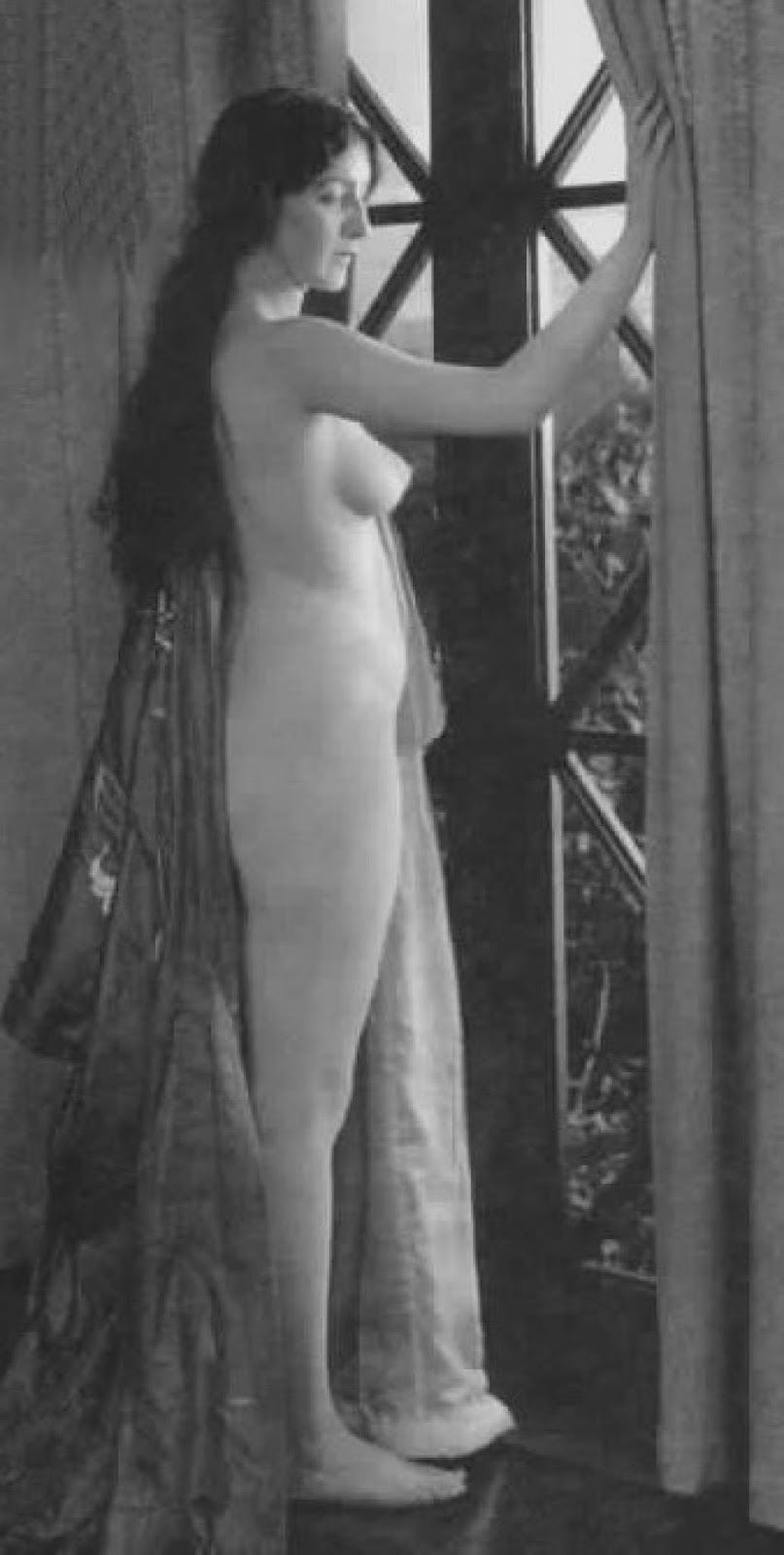
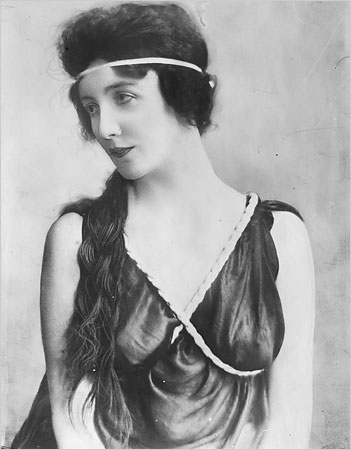
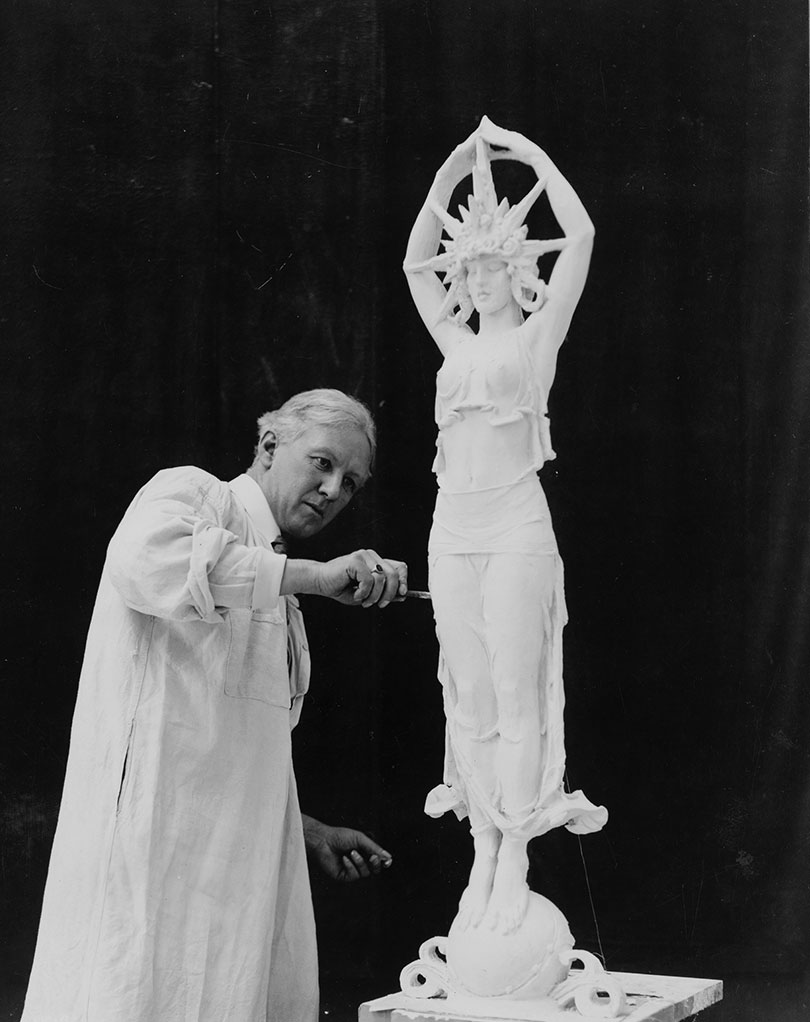
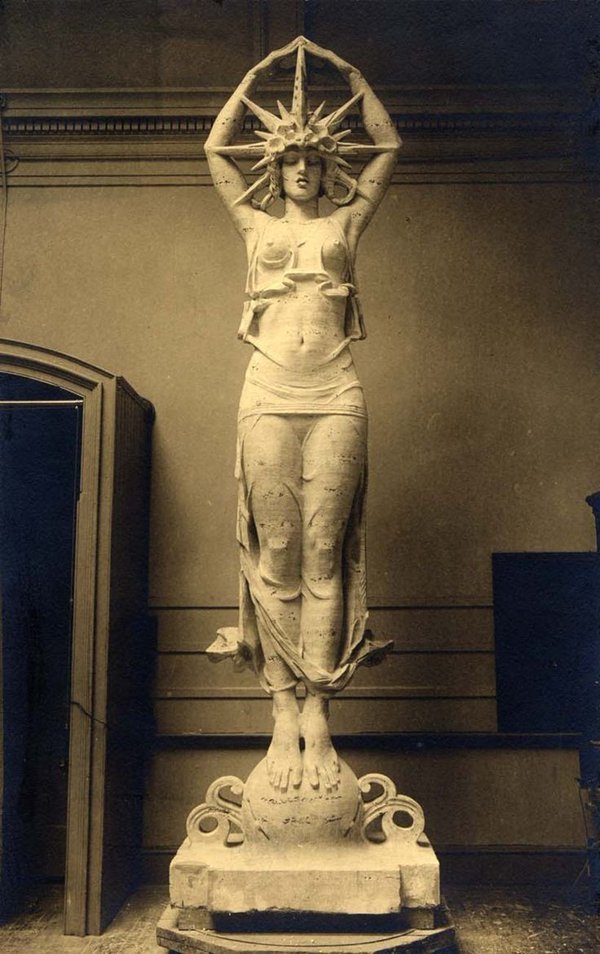
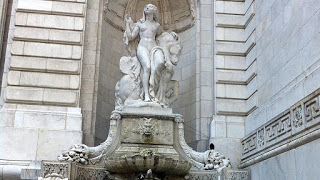
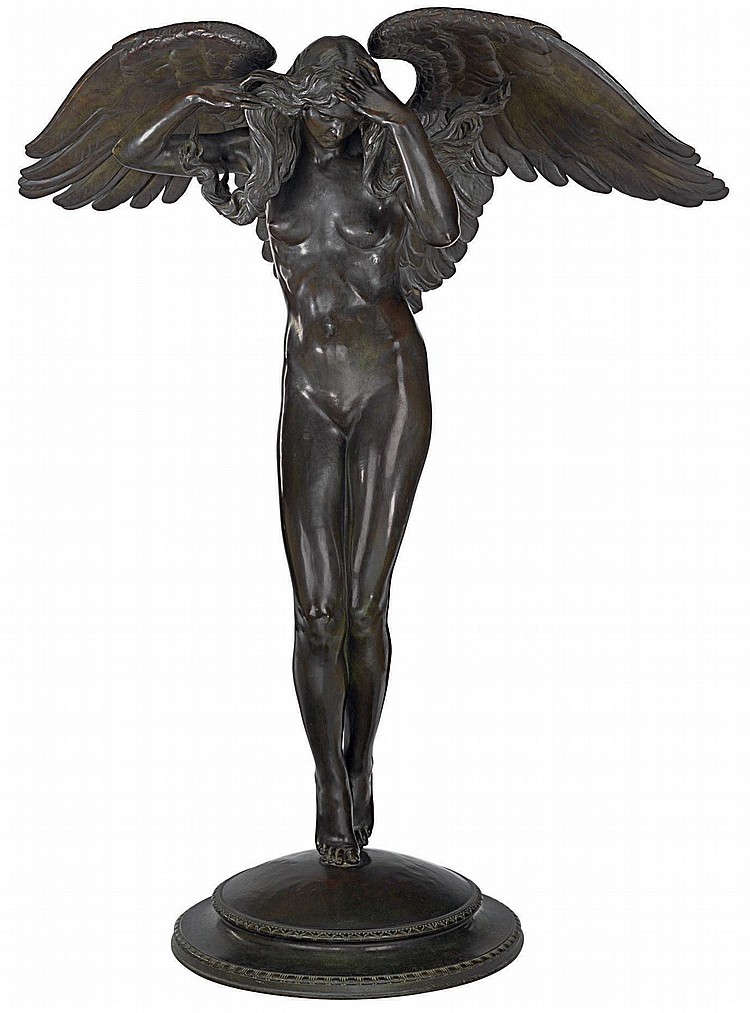
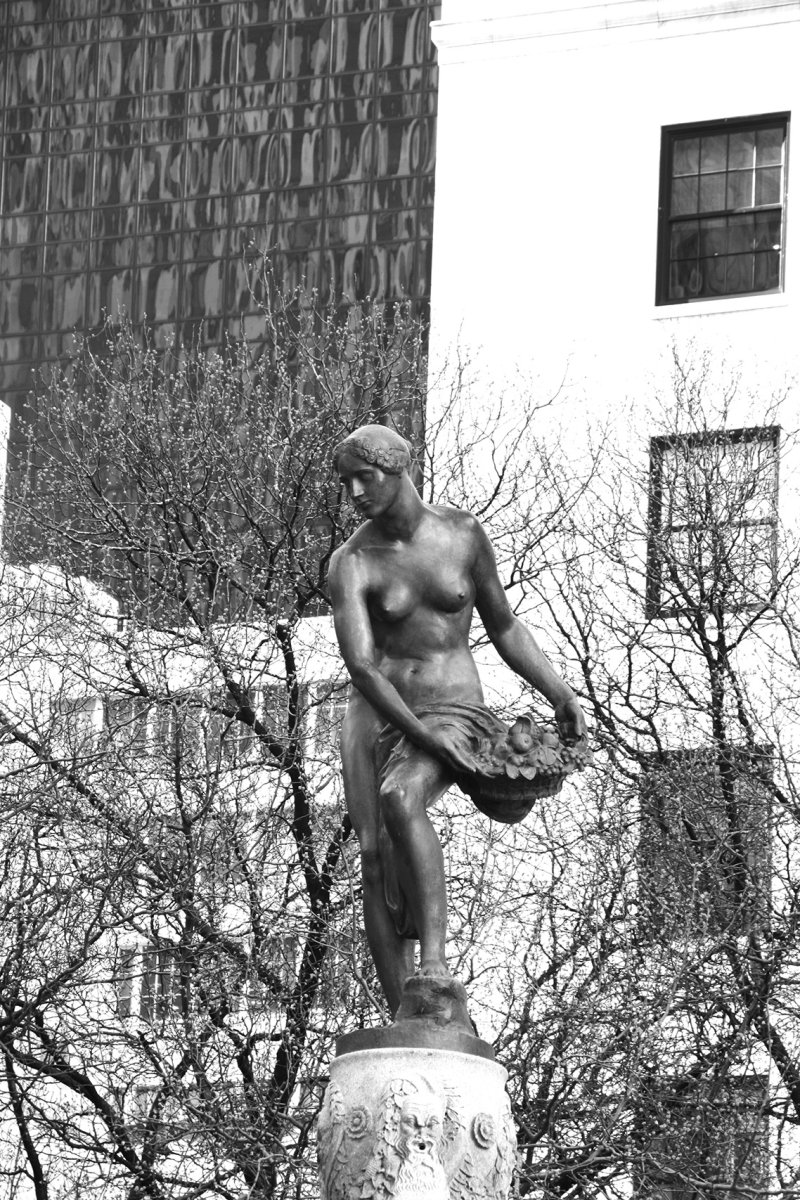
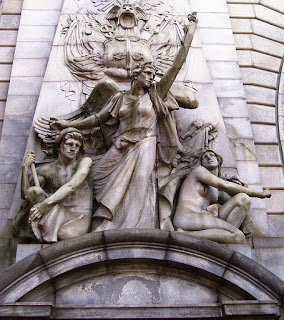
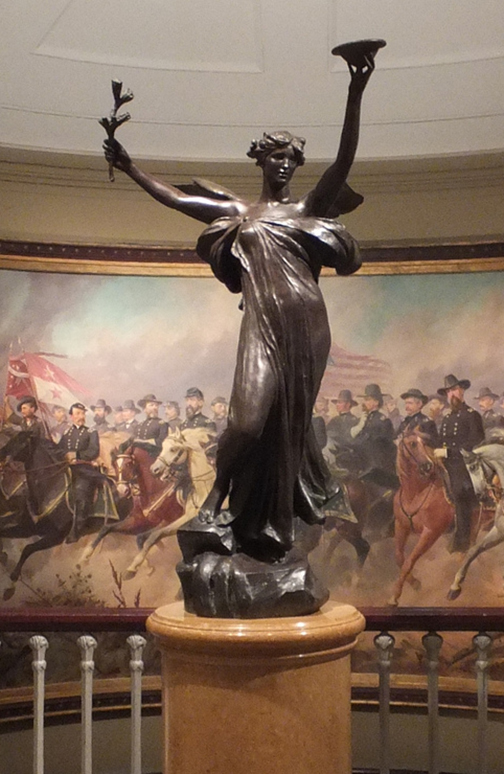
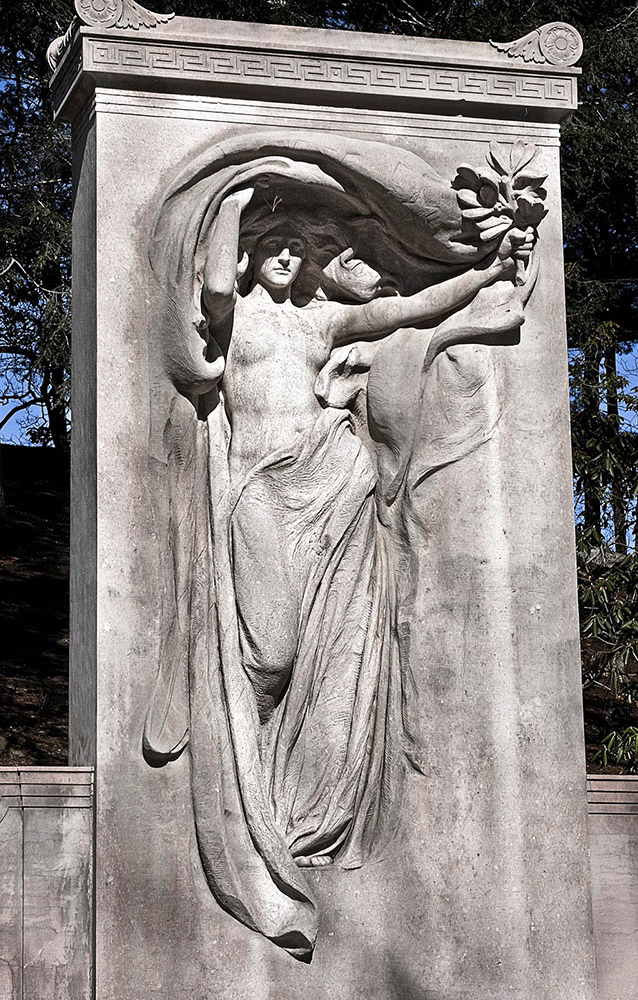
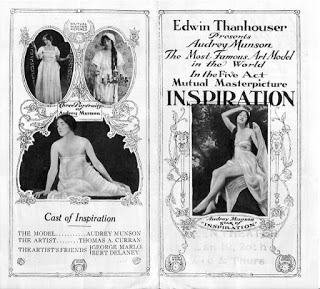


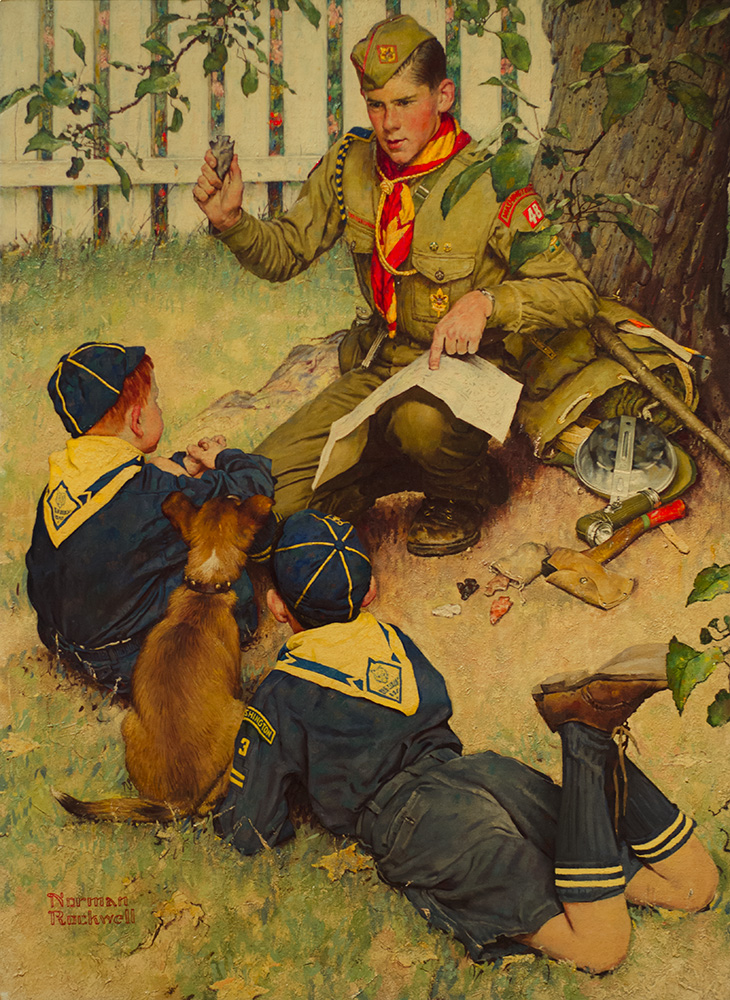
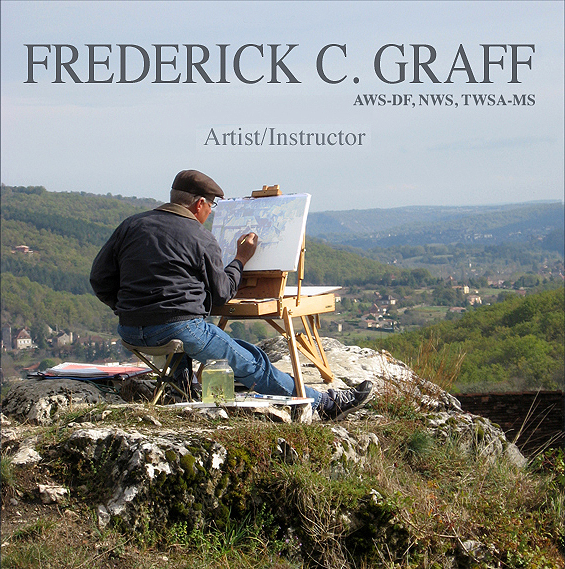
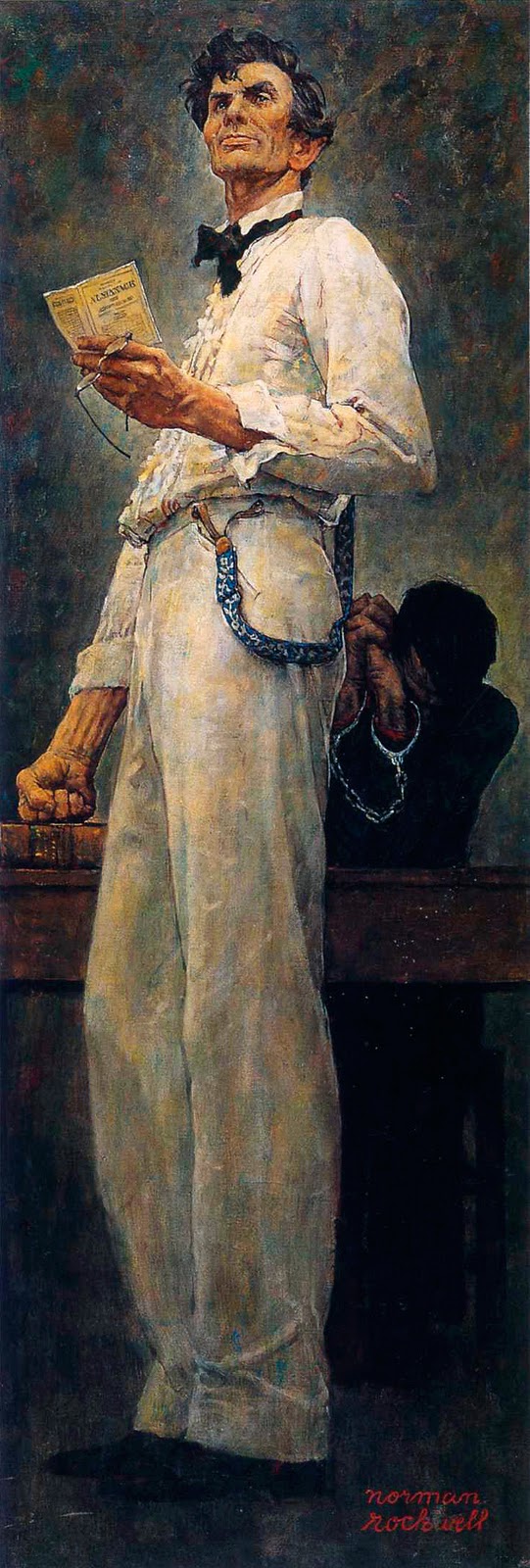
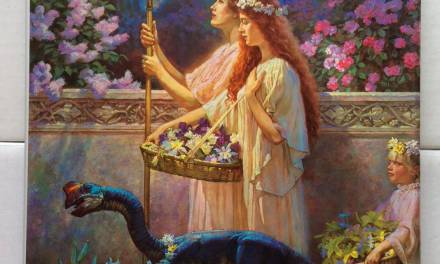
Thanks for this info. I've seen these statues before (internet), but never realized they are all the same person. I've been recently looking into silent film actress for drawing painting reasons. I'll add Audrey to my list.
I'm reading the book right now (Currently at the Heedless Moths chapter). Bone's book is so much more detailed and researched than the 1999 book, which I read in December.
There are a lot of Star Maidens out there in museums. I still have to see the Oakland one, which could be the original and the closest to me. I know one of the copies is in a building courtyard off Market street in San Francisco and another is up at the Crocker Museum in Sacramento.
The Descending Night sculpture was in the Jewel City exhibit about the 1915 PPIE that was recently at the De Young Museum in San Francisco. I don't know if it was the one from the Hearst Castle.
I'm still trying to track down that Purity movie and hope I don't have to travel to France to see it.